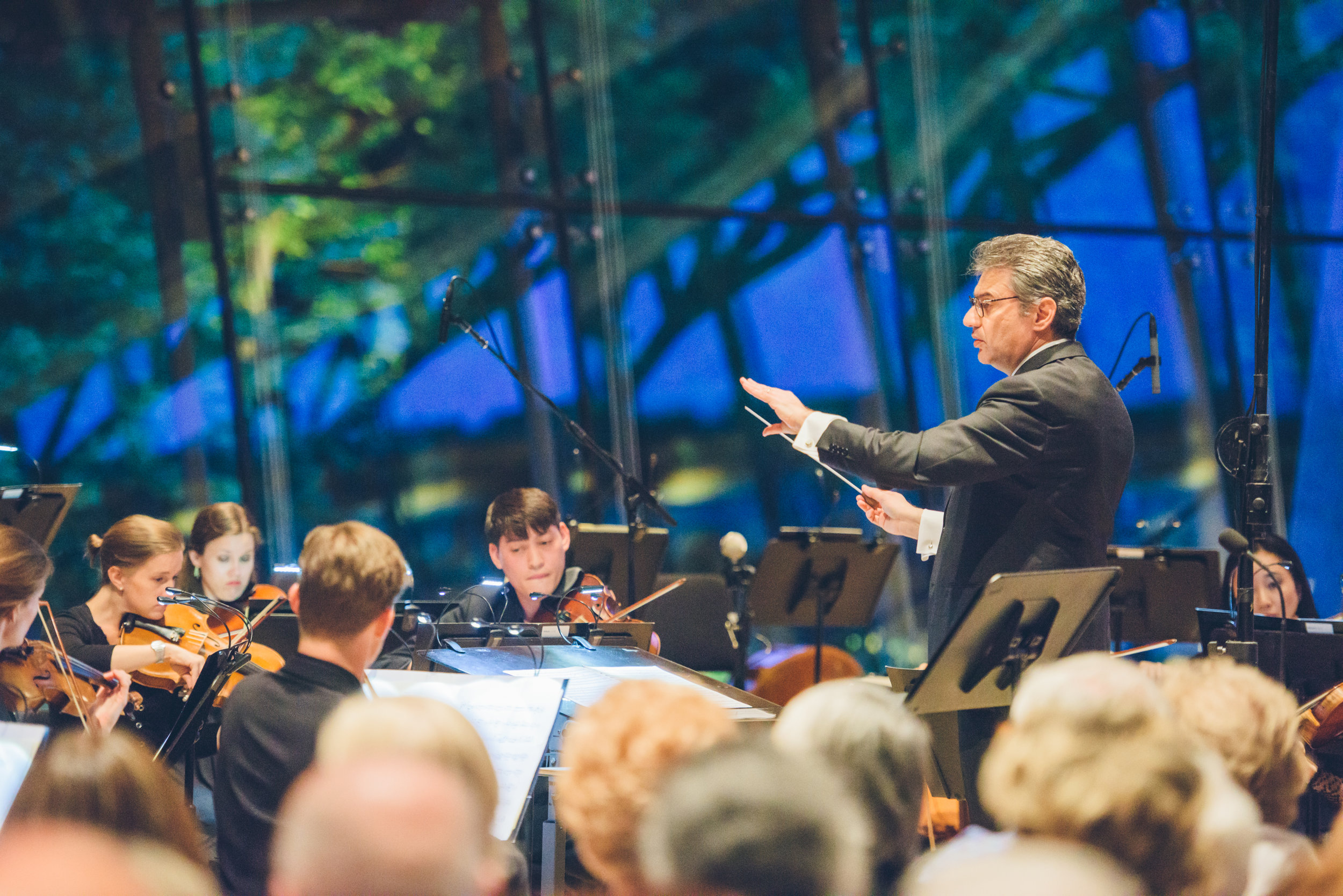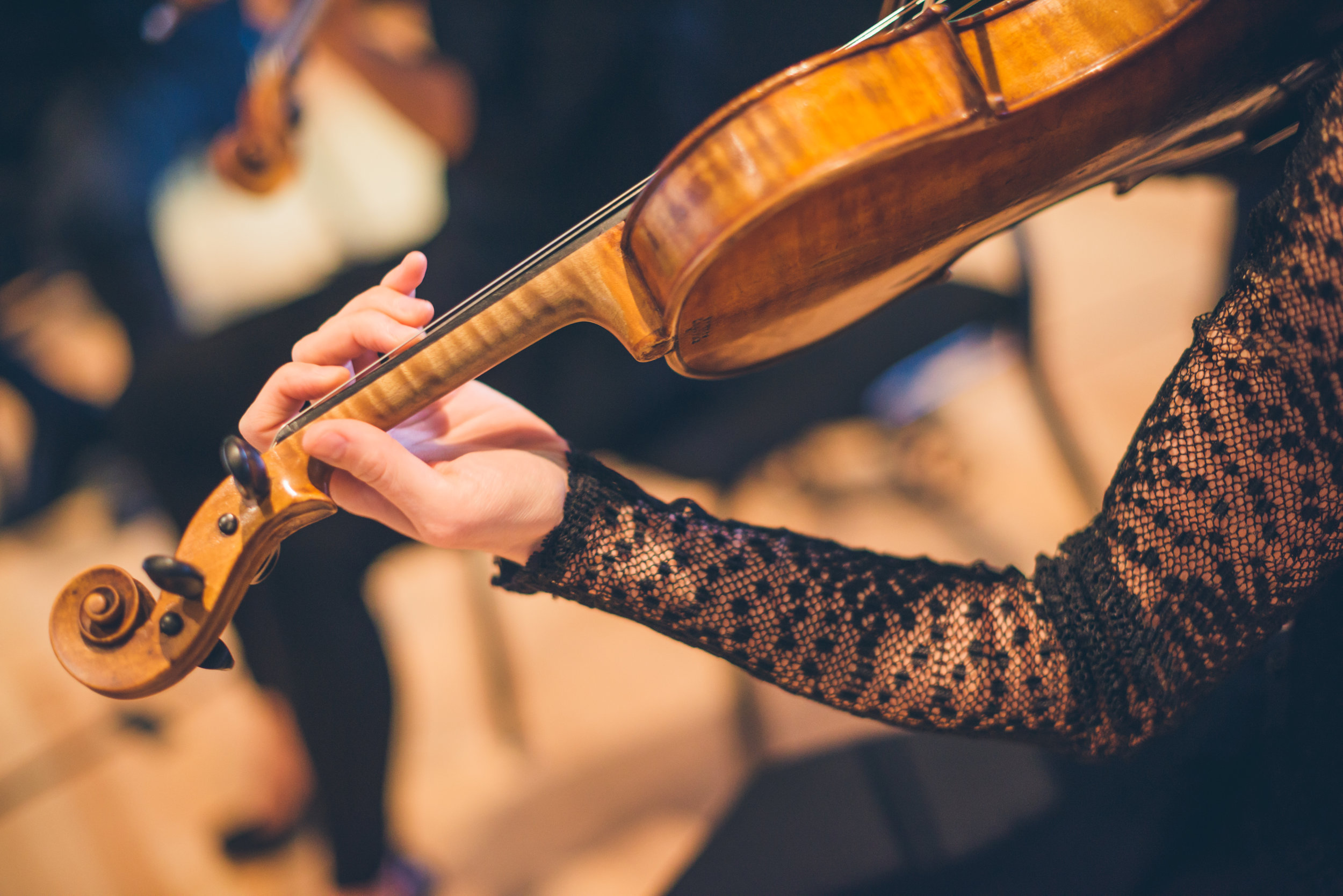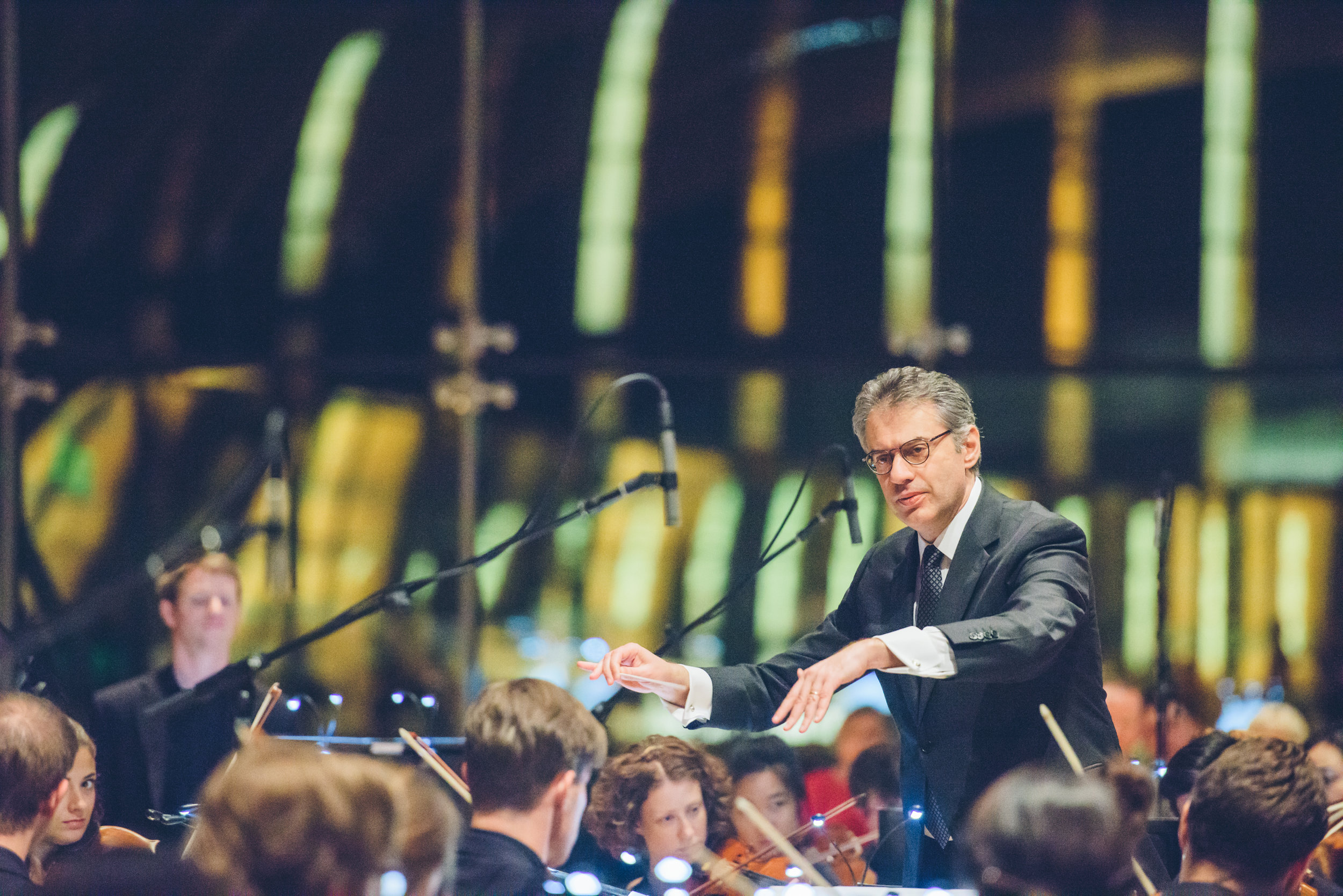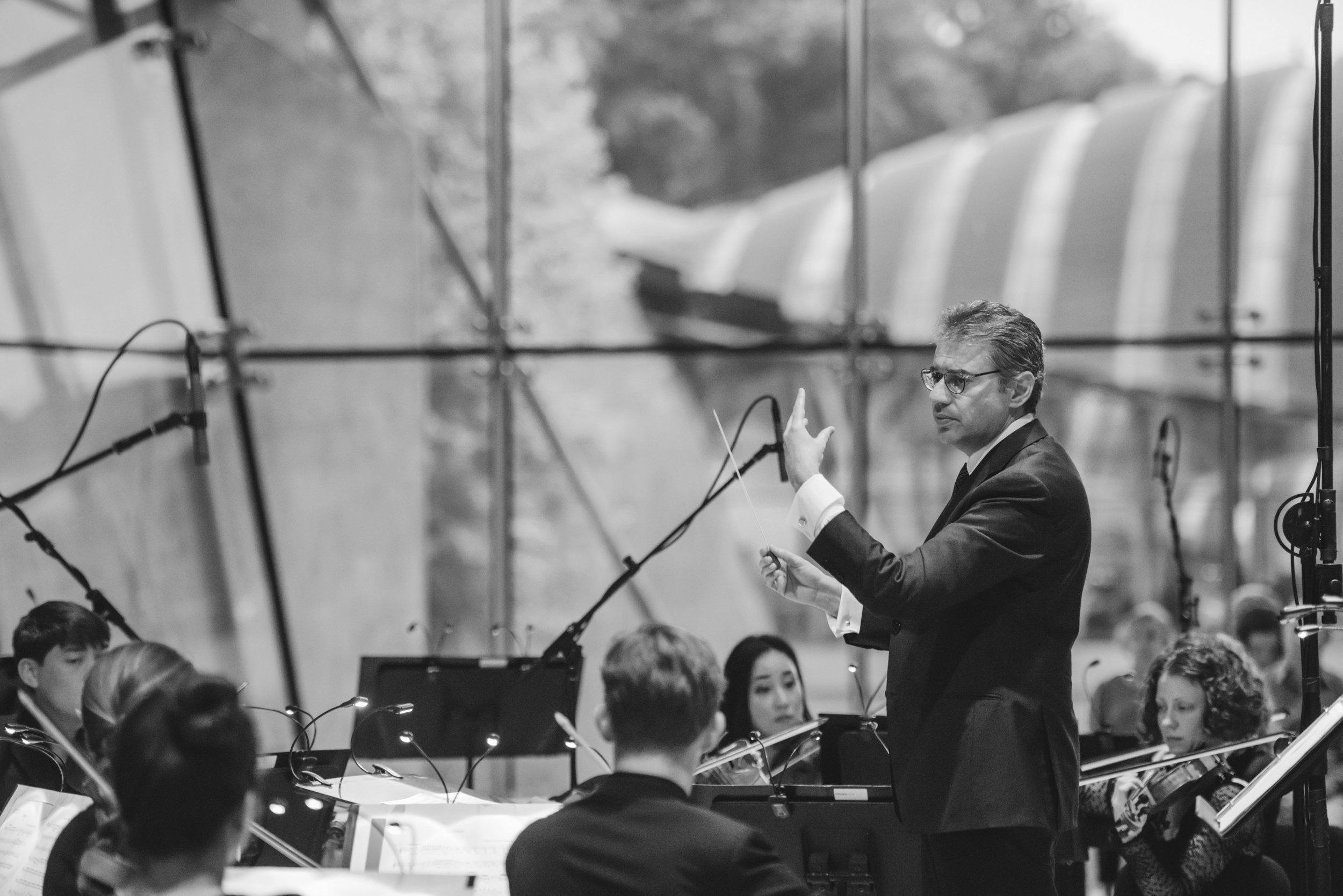You don’t want to miss the annual Artosphere Festival Orchestra’s Masterworks performance. This year, the orchestra turns to the classics of Mendelssohn and Brahms in their 10x10 Arts Series performance.
Go behind the music, Into the history of these renowned Compositions.
Felix Mendelssohn | Violin Concerto in E minor, Op. 64
Violin Concerto in E minor, Op. 64, is Mendelssohn’s last large orchestral work. It forms an important part of the violin repertoire and is one of the most popular and most frequently performed violin concertos in history.
Mendelssohn originally proposed the idea of the violin concerto to Ferdinand David, a close friend and then concertmaster of the Leipzig Gewandhaus Orchestra. Although conceived in 1838, the work took another six years to complete and was not premiered until 1845. During this time, Mendelssohn maintained a regular correspondence with David, who gave him many suggestions. The work itself was one of the foremost violin concertos of the Romantic era and was influential on many other composers.
Although the concerto consists of three movements in a standard fast–slow–fast structure and each movement follows a traditional form, the concerto was innovative and included many novel features for its time. Distinctive aspects include the almost immediate entrance of the violin at the beginning of the work (rather than following an orchestral preview of the first movement's major themes, as was typical in Classical-era concertos) and the through-composed form of the concerto as a whole, in which the three movements are melodically and harmonically connected and played attacca (each movement immediately following the previous one).
The concerto was well received and soon became regarded as one of the greatest violin concertos of all time. The concerto remains popular to this day and has developed a reputation as an essential concerto for all aspiring concert violinists to master, and usually one of the first Romantic era concertos they learn. Many professional violinists have recorded the concerto and the work is regularly performed in concerts and classical music competitions.
Mendelssohn also wrote a virtuoso Concerto for Violin and String Orchestra in D minor between 1821 and 1823, when he was 12 to 14 years old, at the same time that he produced his 12 string symphonies. This work was "rediscovered" and first recorded in 1951 by Yehudi Menuhin.
Johannes Brahms | Symphony No. 3 in F major, Op. 90
The Symphony No. 3 in F major, Op. 90, is a symphony by Johannes Brahms. The work was written in the summer of 1883 at Wiesbaden, nearly six years after he completed his Symphony No. 2. In the interim Brahms had written some of his greatest works, including the Violin Concerto, two overtures (Tragic Overture and Academic Festival Overture) and Piano Concerto No. 2.
The premiere performance was given on December 2, 1883 by the Vienna Philharmonic Orchestra, under the direction of Hans Richter.
Hans Richter, who conducted the premiere of the symphony, proclaimed it to be Brahms' Eroica. The symphony was well received, more so than his Second Symphony. Although Richard Wagner had died earlier that year, the public feud between Brahms and Wagner had not yet subsided. Wagner enthusiasts tried to interfere with the symphony's premiere, and the conflict between the two factions nearly brought about a duel.
The composition was first heard in America at one of Frank Van der Stucken’s “novelty concerts” at New York’s Steinway Hall on October 24, 1884. The Symphony is scored for two flutes, two oboes, two clarinets, two bassoons, contrabassoon, four horns, two trumpets, three trombones, timpani and strings.
After each performance, Brahms polished his score further, until it was published in May 1884. His friend the influential music critic Eduard Hanslick said, "Many music lovers will prefer the titanic force of the First Symphony; others, the untroubled charm of the Second, but the Third strikes me as being artistically the most nearly perfect.”
10 X 10 ARTS SERIES - Masterworks of Mendelssohn & Brahms
Artosphere Festival Orchestra
DATE: Wednesday, June 26, 7pm
LOCATION: Baum Walker Hall at Walton Arts Center
TICKETS: $10 (plus applicable fees)





